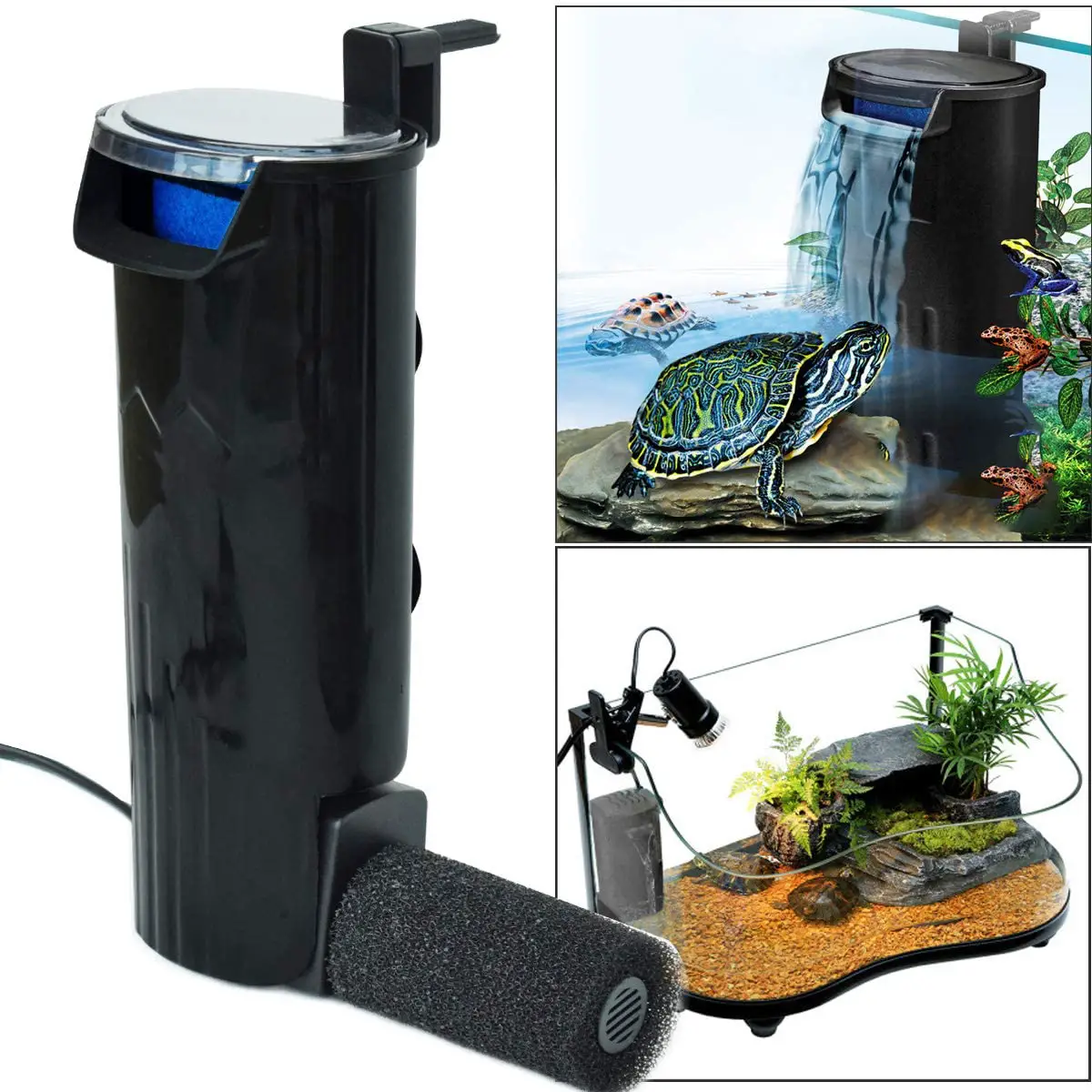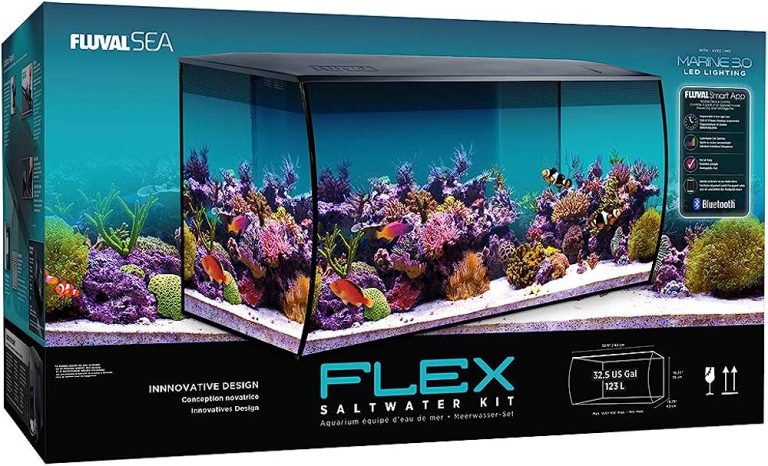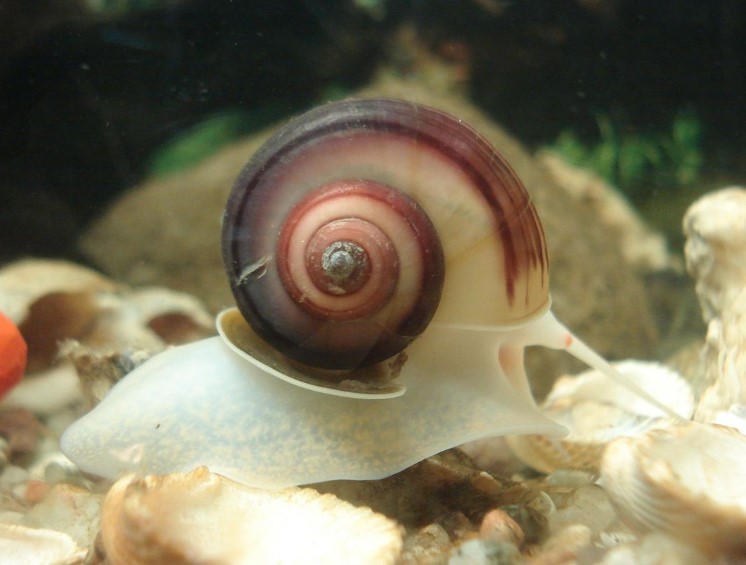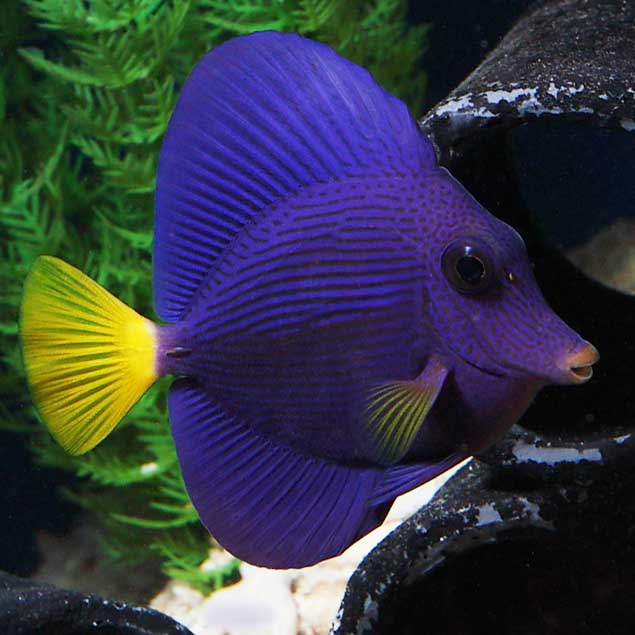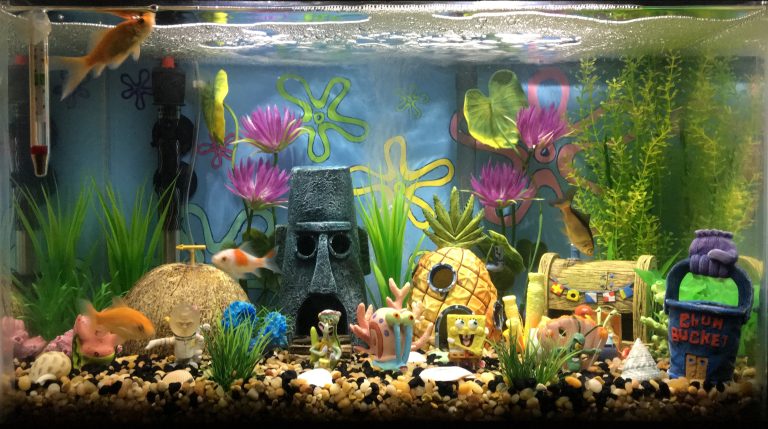Best Filter For Turtle Tank
Are you a proud turtle owner looking for the best filter for your beloved turtle tank? Well, you’ve come to the right place! In this article, we will dive into the world of turtle tank filters and help you find the perfect one for your aquatic friends. So, let’s get started!
Choosing the right filter for a turtle tank is crucial for maintaining a clean and healthy environment. Turtles are notorious for their messy habits, and their tanks can quickly become dirty without the proper filtration system in place. A good filter will not only remove debris and waste from the water but also help to eliminate harmful chemicals and toxins.
Why Do You Need a Filter for Your Turtle Tank?
Adding a filter to your turtle tank is essential for several reasons. Let’s take a look at some of the key reasons why a filter is a must-have for turtle owners:
1. Maintaining Water Quality: Turtles produce a significant amount of waste, which can quickly degrade the water quality in their tank. A filter will remove debris, excess food, and waste, keeping the water clean and healthy for your turtles.
2. Eliminating Harmful Chemicals: In addition to waste, turtle tanks can accumulate harmful chemicals such as ammonia and nitrites, which are by-products of their biological processes. A filter with biological filtration media will help eliminate these toxins from the water.
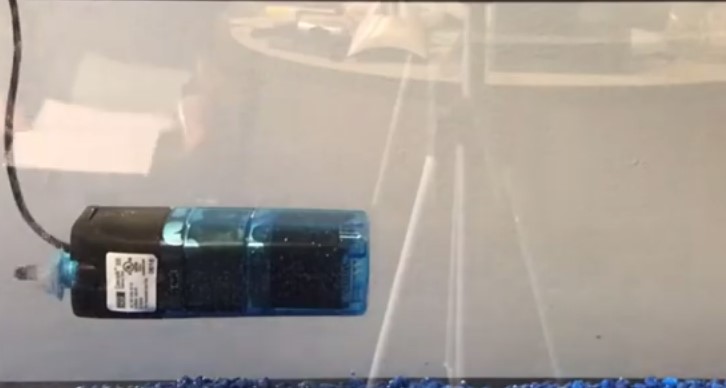
3. Preventing Algae Growth: Turtles require basking areas, which often involve the use of heat lamps. The heat from these lamps can promote algae growth in the water. A filter with mechanical and biological filtration will help remove excess nutrients that feed algae, keeping the water clear and avoiding unsightly green growth.
4. Providing Oxygenation: Filters that create water movement also help in oxygenating the water. Turtles need oxygen-rich environments, and a filter can ensure that their tank provides an adequate oxygen supply.
With these important factors in mind, let’s explore some of the best filter options available for your turtle tank:
1. Canister Filters
Canister filters are popular among turtle owners due to their efficient filtration capabilities. These filters provide mechanical, biological, and sometimes even chemical filtration. They consist of an external canister that houses multiple filtration media, including sponges, activated carbon, and biological beads.
One of the key advantages of canister filters is their large filter media capacity, allowing for longer periods between maintenance. They also provide strong filtration and are suitable for larger turtle tanks.
Pros of Canister Filters:
– Effective mechanical, biological, and chemical filtration
– Large filter media capacity
– Suitable for larger turtle tanks
Cons of Canister Filters:
– The initial cost can be higher compared to other filter types
– They require periodic maintenance such as media replacement and cleaning
2. Hang-On-Back (HOB) Filters
Hang-On-Back filters, as the name suggests, hang on the back of the turtle tank. These filters provide effective mechanical and biological filtration. They typically consist of a box-like structure that contains filter media, such as foam pads and bio balls.
HOB filters are easy to install and maintain. They offer a good balance between filtration efficiency and affordability, making them a popular choice among turtle owners.
Pros of HOB Filters:
– Easy to install and maintain
– Affordable option
– Provide mechanical and biological filtration
Cons of HOB Filters:
– May require more frequent maintenance compared to canister filters
– Some models may have limited filter media capacity
3. Sponge Filters
Sponge filters are a simple yet effective option for turtle tanks. These filters consist of a sponge that serves as both mechanical and biological filtration media. The sponge traps debris while also providing a surface for beneficial bacteria to grow and convert harmful toxins.
Sponge filters are gentle on turtles, making them suitable for hatchlings and smaller tanks. They are also affordable and low-maintenance options.
Pros of Sponge Filters:
– Gentle filtration suitable for small turtles and hatchlings
– Affordable and low-maintenance
– Provide mechanical and biological filtration
Cons of Sponge Filters:
– May not provide sufficient filtration for larger tanks
– May require more frequent cleaning and maintenance
Frequently Asked Questions
Q: How often should I clean my turtle tank filter?
The frequency of filter cleaning will depend on various factors, including tank size, filter type, and the number of turtles. In general, it is recommended to clean the filter media every 2-4 weeks. However, monitoring the water quality regularly will help you determine the optimal cleaning schedule for your specific tank.
Q: Can I use a fish tank filter for my turtle tank?
While some fish tank filters may work for turtle tanks, it is important to choose a filter specifically designed for turtles. Turtle filters are typically stronger and more durable to handle the waste produced by turtles. They also provide specialized filtration to address the unique needs of a turtle tank.
Q: Do I need a heater for my turtle tank along with a filter?
Yes, turtles are ectothermic animals, which means they rely on external sources of heat to regulate their body temperature. Along with a filter, it is essential to have a reliable heater in your turtle tank to maintain the ideal water temperature for your turtles.
Final Thoughts
Choosing the best filter for your turtle tank is critical for providing a clean and healthy environment for your turtles. Canister filters, HOB filters, and sponge filters are all viable options, depending on your tank size and filtration needs. Remember to consider factors such as filtration efficiency, maintenance requirements, and compatibility with your tank setup.
By investing in a quality filter and maintaining a regular cleaning schedule, you can ensure that your turtles thrive in a clean and toxin-free environment. Happy turtle-keeping!
